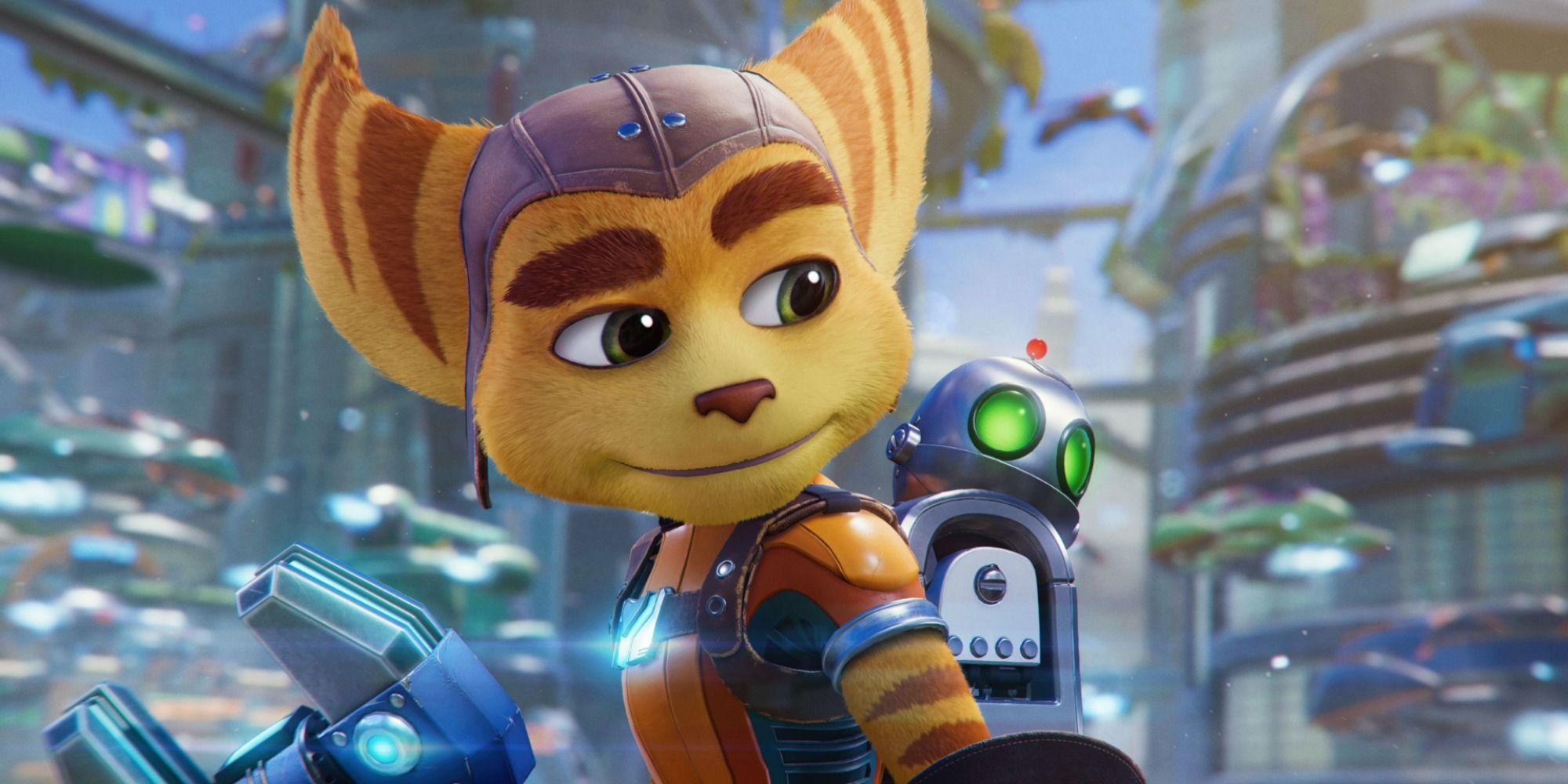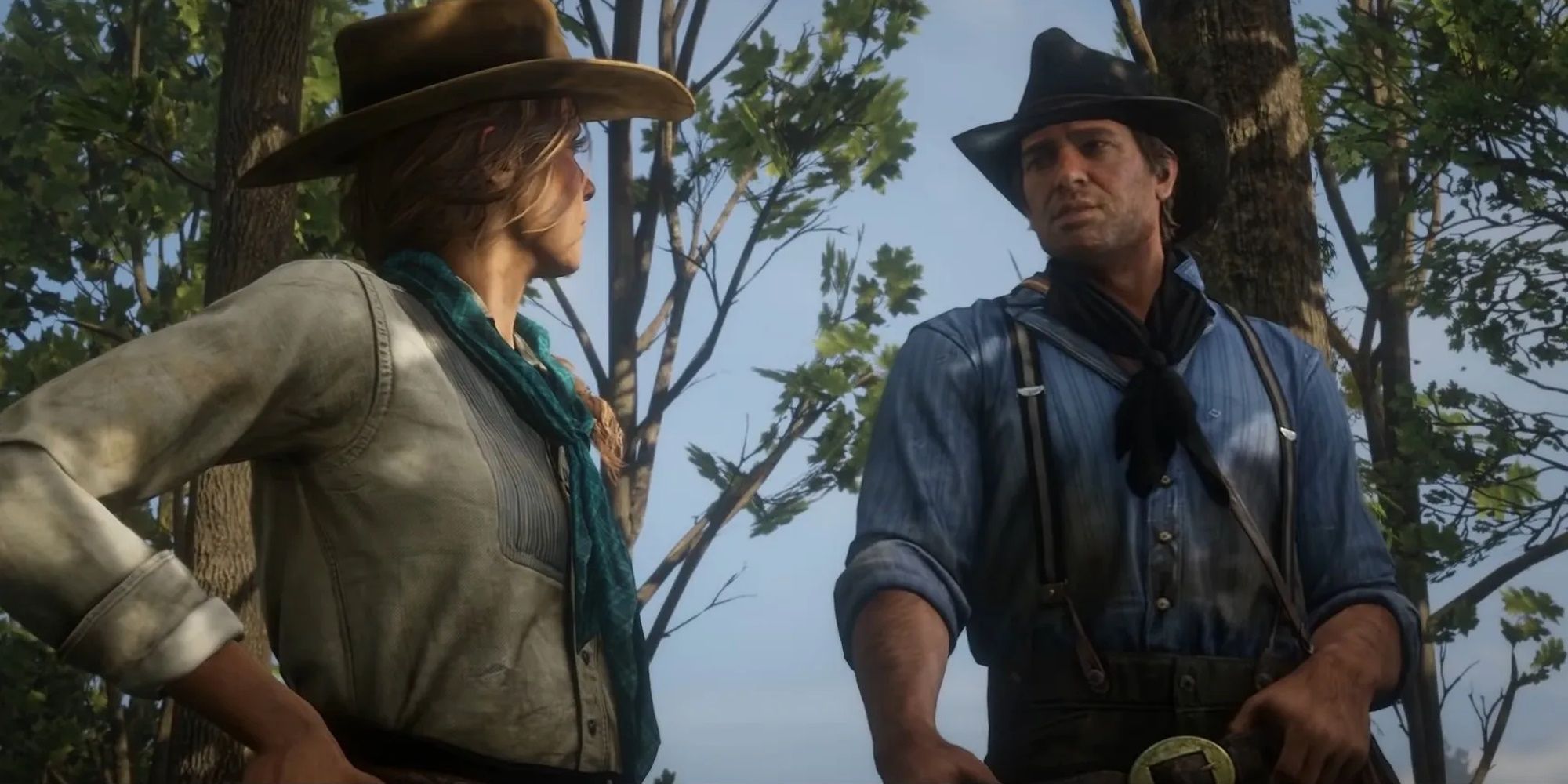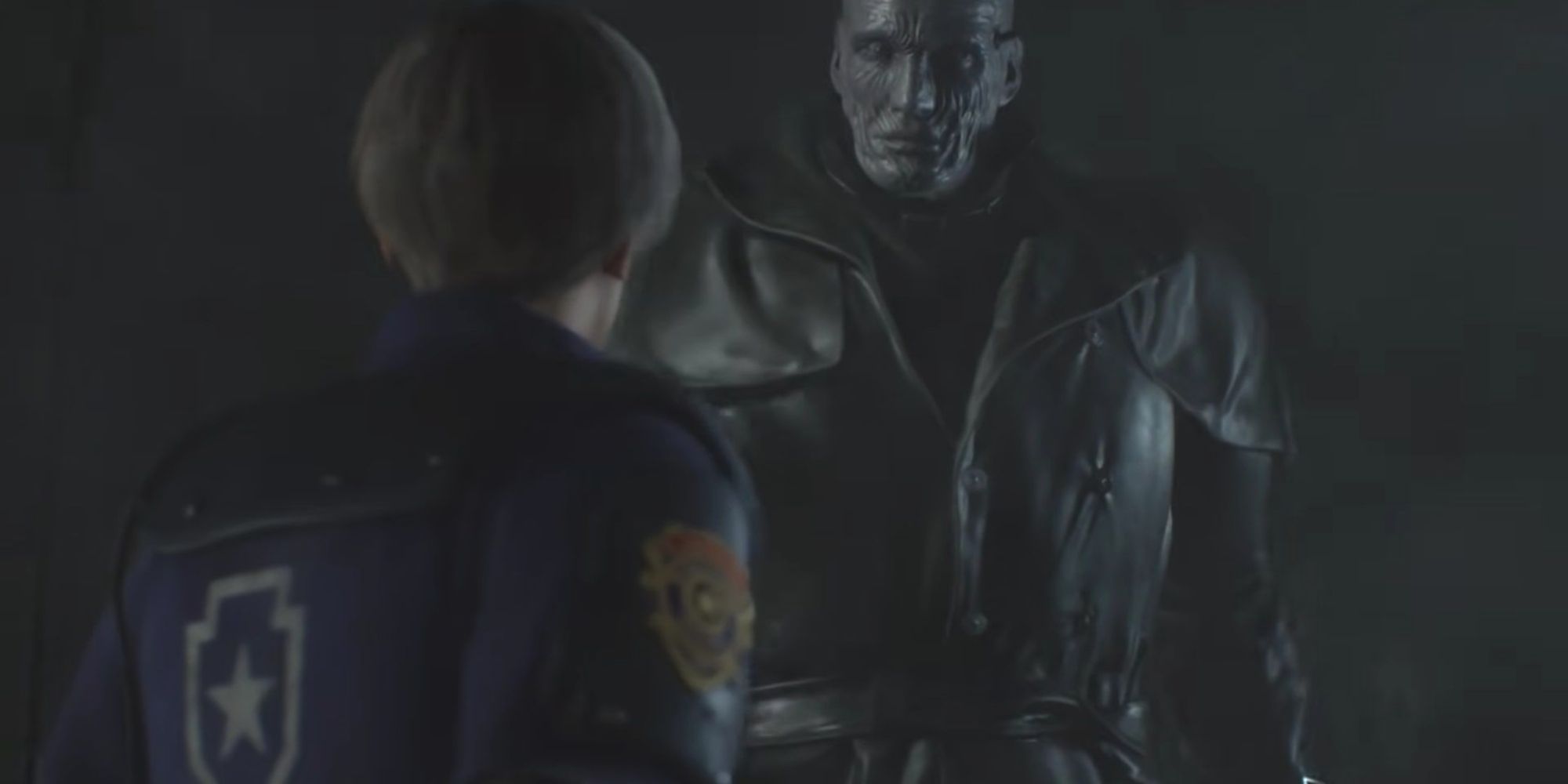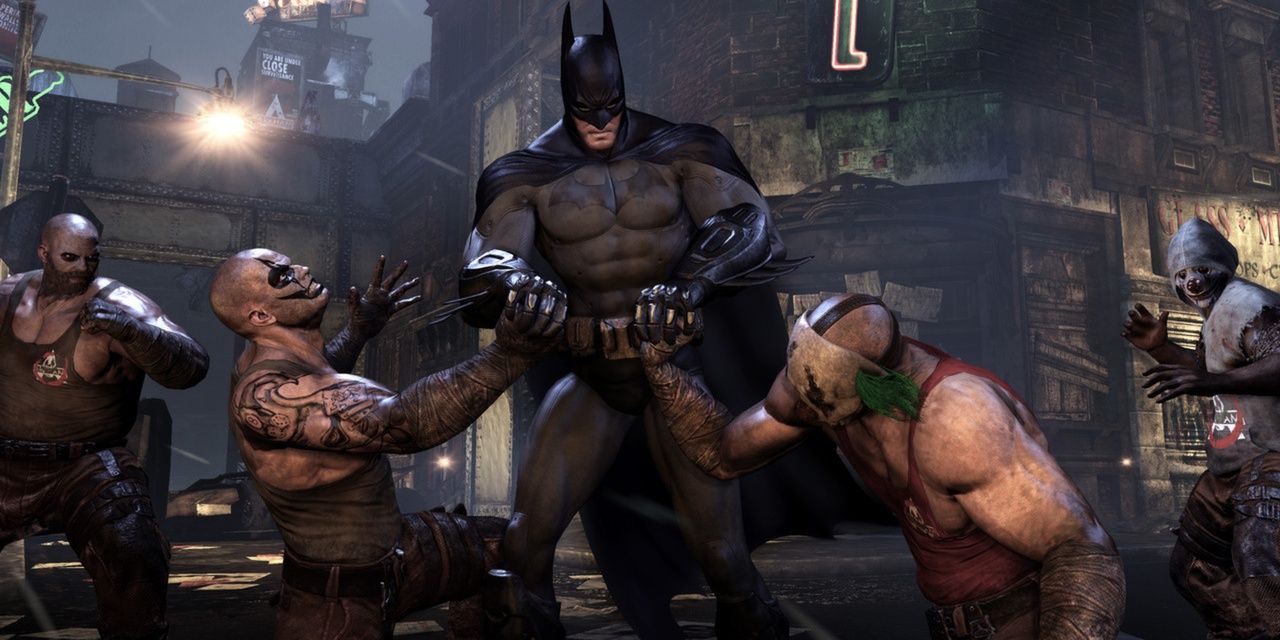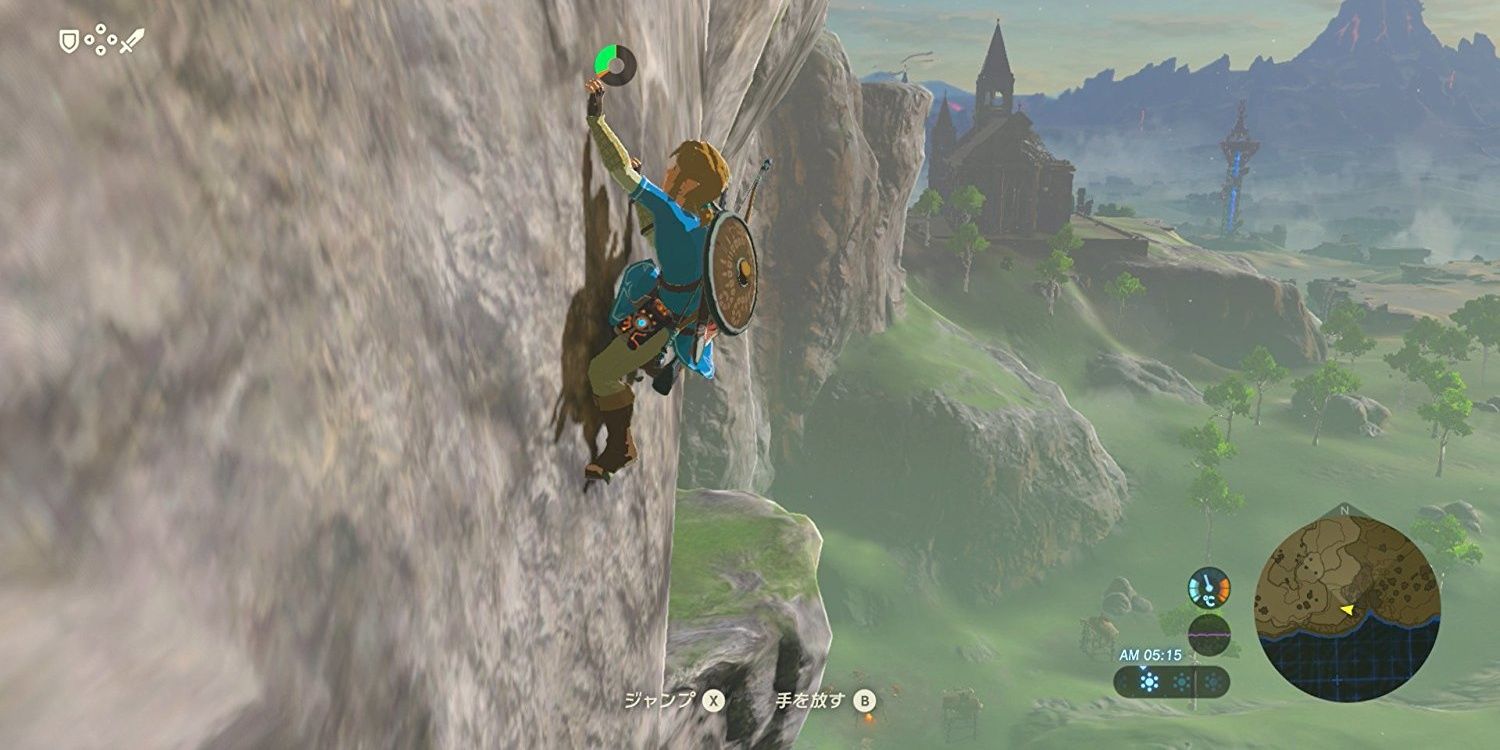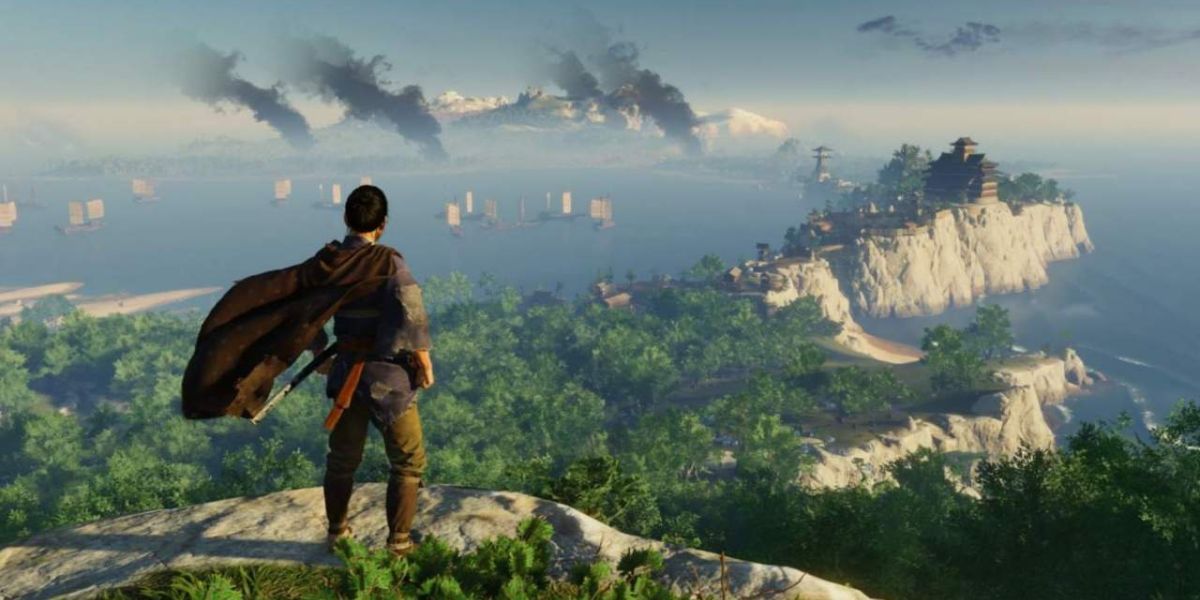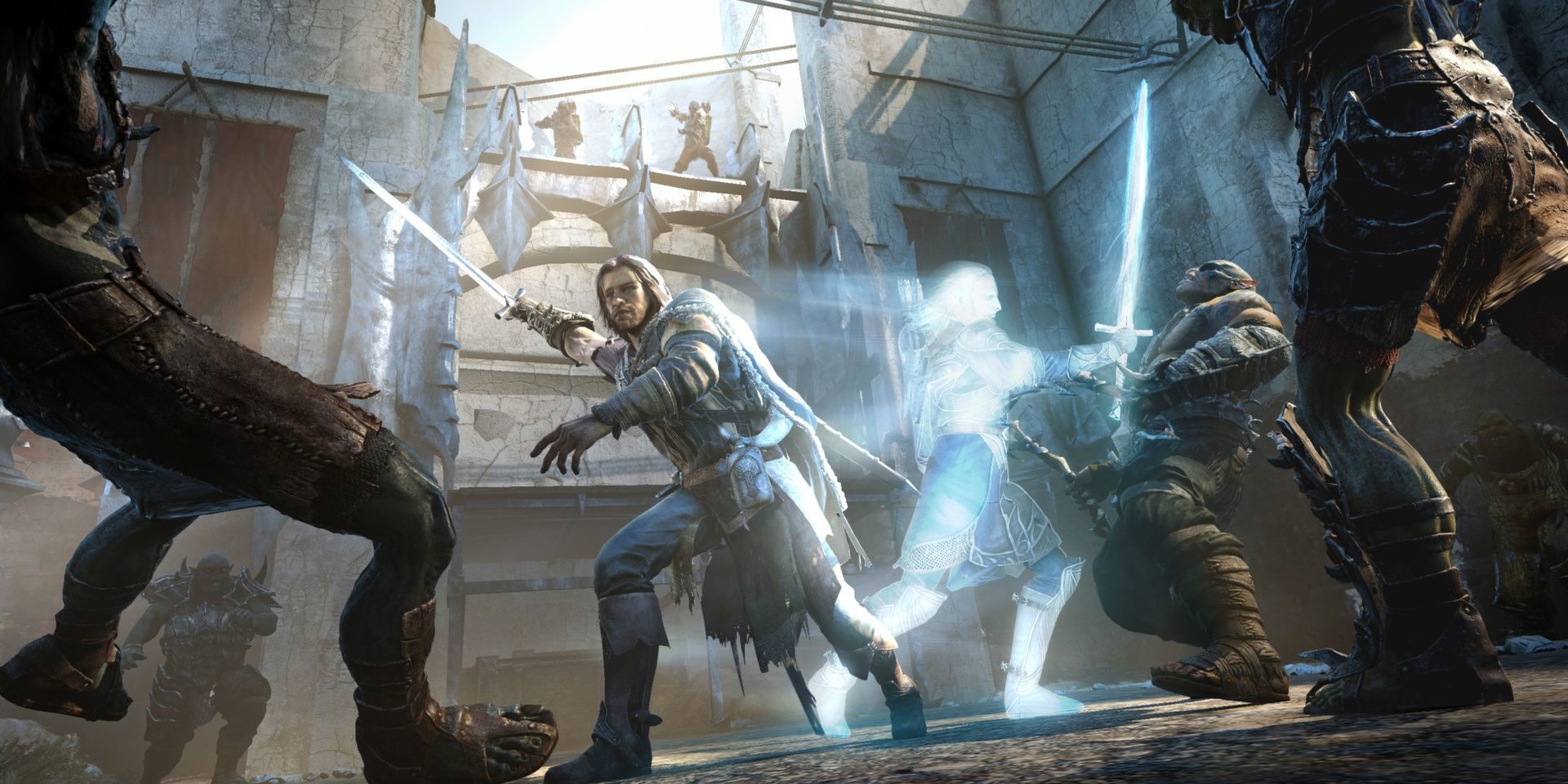Every now and then a game comes out and does something revolutionary. Something that changes things for future games. These can be small, under the hood elements that some gamers might not notice. Or larger, more obvious elements like mechanics and features.
But sometimes these revolutionary features and mechanics don’t branch out to other games. Sometimes legalities prevent such a thing, or the technicalities of video game development. Therefore, there are many great mechanics and features that for some strange reason haven’t been utilized or borrowed more by other games.
8 SSD’s – Ratchet And Clank: Rift Apart
For PC gamers, SSDs are old news. For console gamers, they’re a newfound way of not only storing game data, but also running a game. SSDs are faster and usually larger than most hard drives found in standard, older consoles. They allow for quicker load times and as such, a much smoother and more instantaneous experience.
One of the standout examples of an SSD in use on a console is in Ratchet and Clank: Rift Apart for the PS5. In Rift Apart, you can open portals and send Ratchet and Clank across the landscape instantaneously. This is not only visually cool, but it also allows for new tactics and strategies in combat, as well as a faster rate of battle.
7 Speak To Anyone – Red Dead Redemption 2
Red Dead Redemption 2 is a game all about immersion in a fictional, wild west world. One of the ways it does such a thing is by allowing you to talk to and interact with every NPC in the game. While some of these conversations can be brief and limited to angry or happy, they allow the world to come alive and feel inhabited by near-real people.
Such a thing is uncommon outside of RPGs. But even RPGs limit these interactions to key NPCs who need to be interacted with, often for missions or objectives. Whether it’s open-world games or RPGs, the ability to interact with everyone in a dynamic way would help the immersion greatly.
6 Stalking Enemy – Resident Evil 2
In the original Resident Evil 2, Mr. X appears throughout the game to hinder your progress and frighten you at the same time. In the remake, Capcom upped the challenge and the fear by having him stalk you throughout the Racoon City Police Department.
As a fear factor, Mr. X is one of the best. The sequel, Nemesis repeated this and upped the ante by giving it weapons. But very few other games, horror focused or not have attempted such a thing. Alien: Isolation is the closest and perhaps the best example, where the Alien is constantly on the hunt for you. On the other hand, Tomb Raider 2’s infamous mansion level has the butler slowly following you around too, showcasing the variety of ways such a feature could be used.
5 Capturing – Super Mario Odyssey
In Super Mario Odyssey, you are introduced to Cappy, a cap that can be used as a weapon, as well as a means of capturing and controlling enemies and NPCs. Every major villain or character in the many worlds of Mario Odyssey can be controlled, allowing for a variety of different ways of playing the game.
Few other games have allowed such a thing though. Kirby and the Forgotten Land is one of the few exceptions with its use of Mouthful mode. This mode operates like Cappy, allowing you to take control of objects and NPCs, creating new ways of playing and solving and tackling puzzles. It’s not only fun, it adds to the experience and gameplay.
4 Free-Flow Combat – Batman: Arkham
One of the reasons the Batman: Arkham games are so renowned is its free-flow combat system. This is a fast, simple way of battling groups of enemies in stylish, fun fashion. A simple push of a button attacks, while another button counters, and some combos are thrown in to mix things up.
The free-flow combat system proved very popular and well-regarded. So much so that a couple of other games attempted it. Middle-Earth: Shadow of Mordor practically replicated it, albeit with a sword instead of hand-to-hand combat. Marvel’s Spider-Man also iterated on it, and games like Sifu show some signs of inspiration from it too. It’s just a bit strange that the list is still quite small.
3 Climb Everything – The Legend Of Zelda: Breath Of The Wild
The Legend of Zelda: Breath of the Wild changed things. Not only was it highly received, and it sold well, it's often regarded as one of the greatest games ever made. For many reasons. One of those reasons was the integration of climbing everything, everywhere.
In Breath of the Wild, Link can climb anything. It requires stamina, which can be improved throughout the game, but anything you see can be climbed. Oddly, this has not been copied by many games, with most open-world games opting for a simpler, more limited climbing mechanic.
2 Environmental Cues – Ghost Of Tsushima
So many open-world titles rely on mini-maps and on-screen icons for traversal and guidance. Ghost of Tsushima removed these video game concepts from the equation and instead opted for a more natural, albeit stylistic in-world way of navigation. Wind.
With the swipe of the touchpad, a gust of wind will point you in the direction of your objective. No maps, no glaring, immersion-breaking icons. Plus, birds and animals in the environment will guide you to secrets and challenges, again keeping with the naturalistic look and feel of the world. So many games could increase their believability and avoid cliché overlays and icons by replicating these elements.
1 The Nemesis System – Middle-Earth: Shadow Of Mordor
The Nemesis System in Middle Earth: Shadow of Mordor is essentially a rivalry system. Every time you take down a villainous orc, it remembers who you are, what you did, and that it did not like being defeated.
The orc then hunts you down in the background, often coming upon you when you least expect it. It calls you out, taunts you, and then engages in a revenge-fueled battle with you. Beat it again and the rivalry continues. This is not only a fun way of engaging enemies, but it allows for more engaging and interesting NPCs outside the story-driven bosses and villains. The system was patented by Warner Bros. though, meaning it cannot be copied by others, at least not entirely, or overtly.


